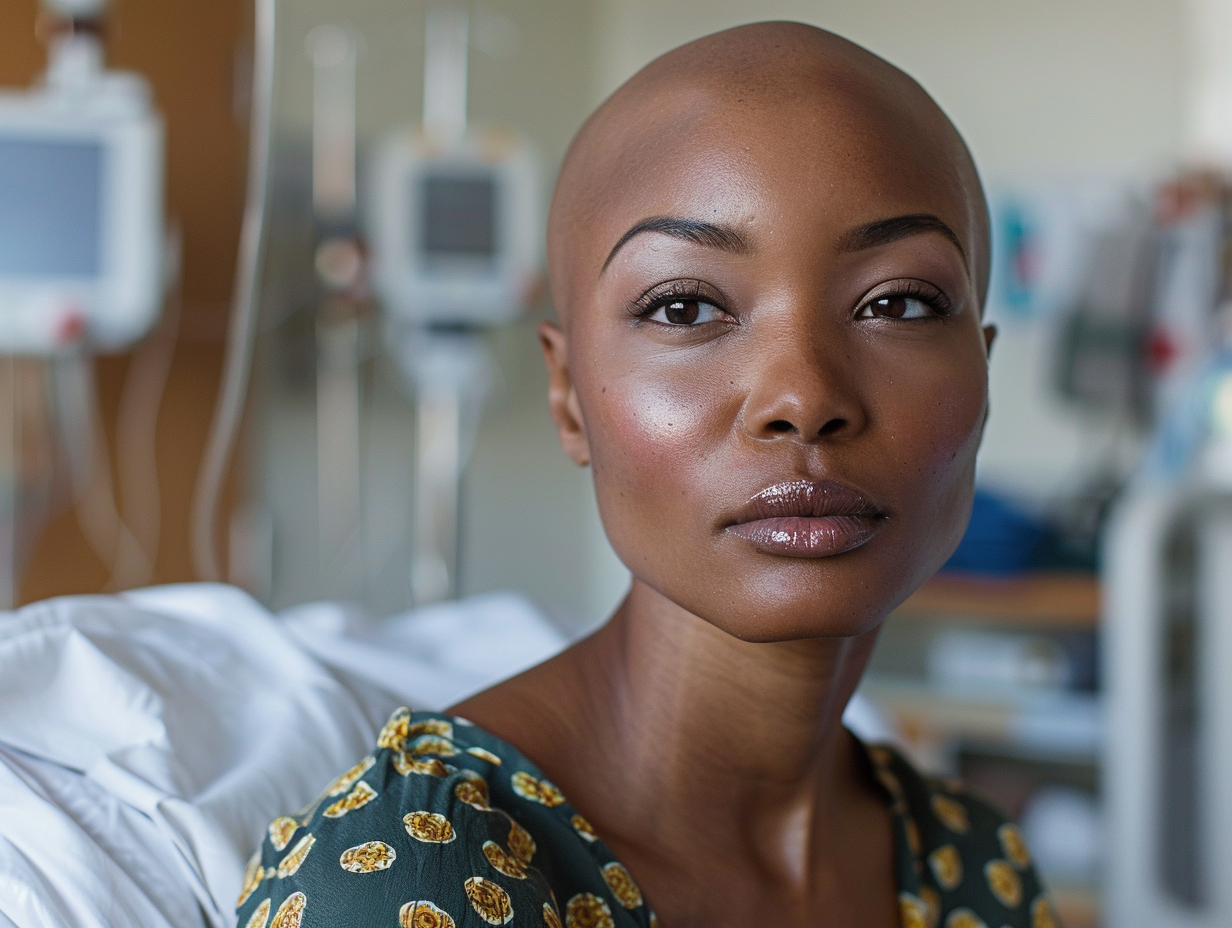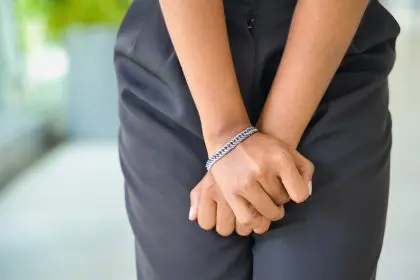Chemotherapy is a powerful treatment that targets cancer cells, but it often comes with challenging side effects, one of the most distressing being hair loss. Losing your hair during chemotherapy can be an emotional and physical challenge, but there are ways to manage this experience and maintain a sense of control and confidence. In this article, we’ll explore what you can do when your hair falls out during chemotherapy, offering practical tips and emotional support to help you navigate this difficult time.
Understanding hair loss during chemotherapy
Chemotherapy drugs are designed to target rapidly dividing cells, which include cancer cells. However, these drugs also affect other rapidly dividing cells in your body, such as those in your hair follicles. This can lead to hair loss — known as alopecia — which can occur all over the body, including the scalp, eyebrows, eyelashes and body hair. Understanding this process can help you prepare for and cope with hair loss.
Preparing for hair loss
1. Educate yourself
Before starting chemotherapy, talk to your health care team about the likelihood of hair loss and what to expect. Knowing when and how hair loss might occur can help you prepare mentally and physically. Ask about the specific chemotherapy drugs you will be receiving, as different drugs have varying effects on hair.
2. Consider a shorter haircut
Many people find it helpful to cut their hair short before starting chemotherapy. This can make the transition to hair loss less dramatic and help you gradually adjust to the change. Some people even choose to shave their heads before hair loss begins, which can give a sense of control over the situation.
3. Choose wigs and head coverings
Exploring options for wigs, hats, scarves and other head coverings before hair loss starts can help you feel more prepared. Look for wigs made from natural hair for a more realistic look, or synthetic wigs for easier maintenance. Many cancer support organizations offer free or discounted wigs to patients.
Managing hair loss
1. Gentle hair care
During chemotherapy, your scalp may become more sensitive. Use gentle, fragrance-free shampoos and conditioners, and avoid excessive brushing or styling that can further irritate your scalp. Consider using a soft-bristled brush or a wide-toothed comb to minimize pulling on your hair.
2. Scalp-cooling caps
Scalp-cooling caps are devices worn during chemotherapy that can reduce hair loss by cooling the scalp and reducing blood flow to hair follicles. While not effective for everyone, some patients find them helpful in preserving some or all of their hair. Talk to your doctor to see if this option is available and suitable for you.
3. Moisturize your scalp
If you experience dryness or irritation on your scalp, use gentle, moisturizing products to keep your skin comfortable. Look for products designed for sensitive skin, and avoid those with alcohol or harsh chemicals that can cause further dryness.
Emotional and psychological support
1. Seek support groups
Connecting with others who are going through similar experiences can provide emotional support and practical advice. Many cancer centers offer support groups, and there are also online communities where you can share your feelings and learn from others.
2. Express your feelings
It’s natural to feel a range of emotions about hair loss, from sadness and frustration to anger and acceptance. Talking to a therapist or counselor who specializes in cancer care can help you process these emotions and develop coping strategies.
3. Focus on self-care
Taking care of your overall well-being is crucial during chemotherapy. Engage in activities that make you feel good, whether it’s reading, listening to music, practicing yoga or spending time with loved ones. Maintaining a healthy diet and getting regular exercise, as recommended by your health care team, can also support your physical and emotional health.
Exploring new styles and looks
1. Experiment with makeup
Losing eyebrows and eyelashes can change your appearance, but makeup can help you feel more like yourself. Consider using eyebrow pencils, gels and false eyelashes to enhance your features. Many beauty brands offer products specifically designed for people undergoing chemotherapy.
2. Accessorize
Hats, scarves and headbands can be stylish and comfortable options for covering your head. Experiment with different styles and colors to find what makes you feel confident and beautiful. You might even find that you enjoy trying new looks that you wouldn’t have considered before.
3. Embrace your new look
Some people choose to embrace their baldness as a powerful statement of their strength and resilience. If you feel comfortable, try going without a head covering at times. Remember, your beauty and worth are not defined by your hair.
Planning for hair regrowth
1. Be patient
After chemotherapy, your hair will eventually start to grow back, but the process can take time. Hair regrowth usually begins within a few weeks to months after the end of treatment, and the new hair may initially be different in texture or color. Be patient with your body as it heals.
2. Gentle care for new hair
As your hair grows back, continue to use gentle hair care products and avoid harsh treatments like chemical dyes or perms. Gradually reintroduce styling products and techniques as your hair becomes stronger and healthier.
3. Celebrate milestones
Each stage of hair regrowth can be a cause for celebration. Take photos to document your progress and celebrate each milestone along the way. Whether it’s the first inch of growth or the return of your natural texture, recognize these moments as signs of your recovery.
Your hair and chemotherapy
Losing your hair during chemotherapy is a challenging experience, but it’s important to remember that it’s a temporary side effect of a treatment designed to save your life. By preparing for hair loss, managing your scalp and hair with care, seeking emotional support, and exploring new styles and looks, you can navigate this difficult time with resilience and grace. Remember, you are not alone in this journey, and there are resources and support available to help you every step of the way. Your hair will grow back, and in the meantime, you can find strength and beauty in your new look.
This story was created using AI technology.














